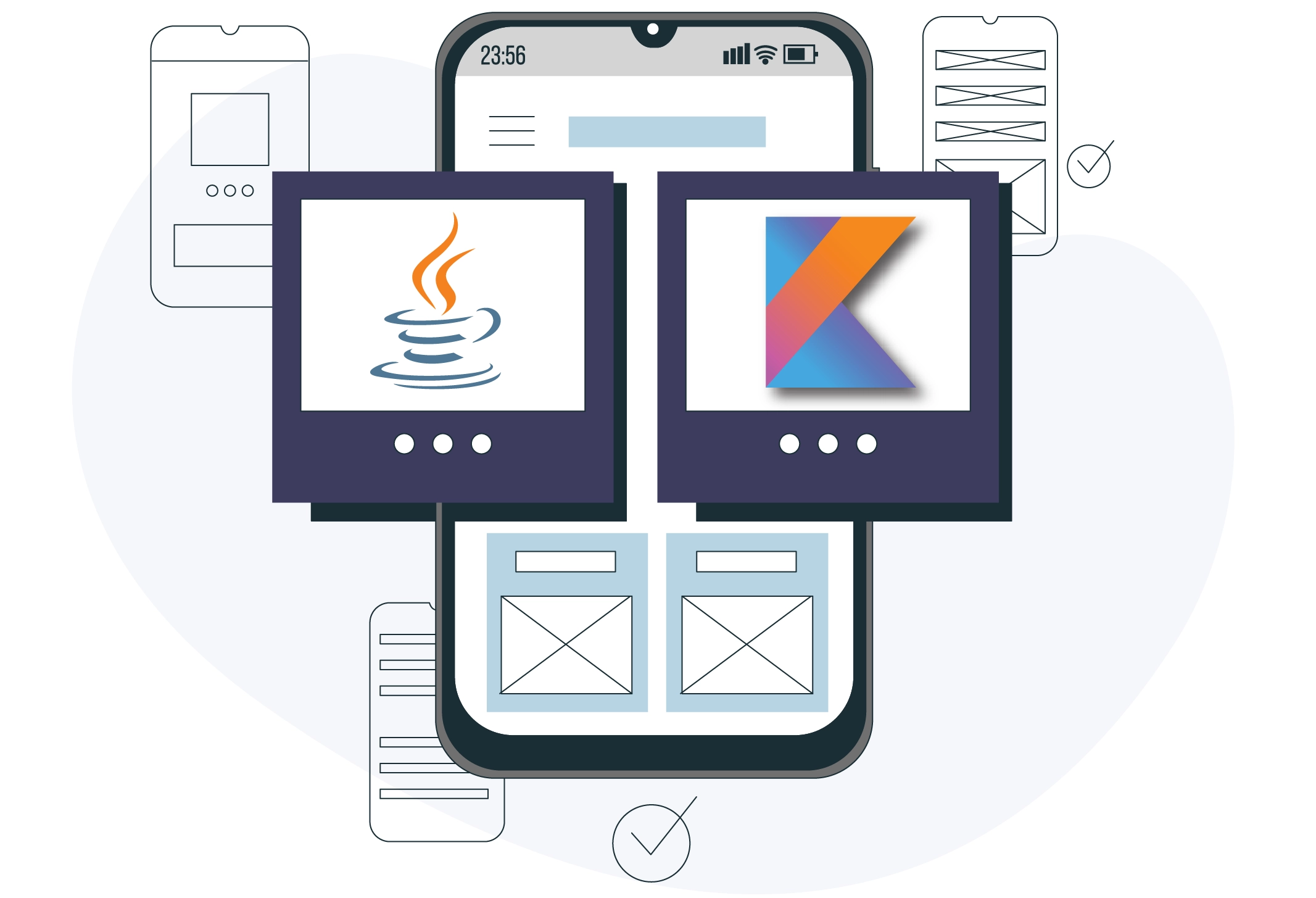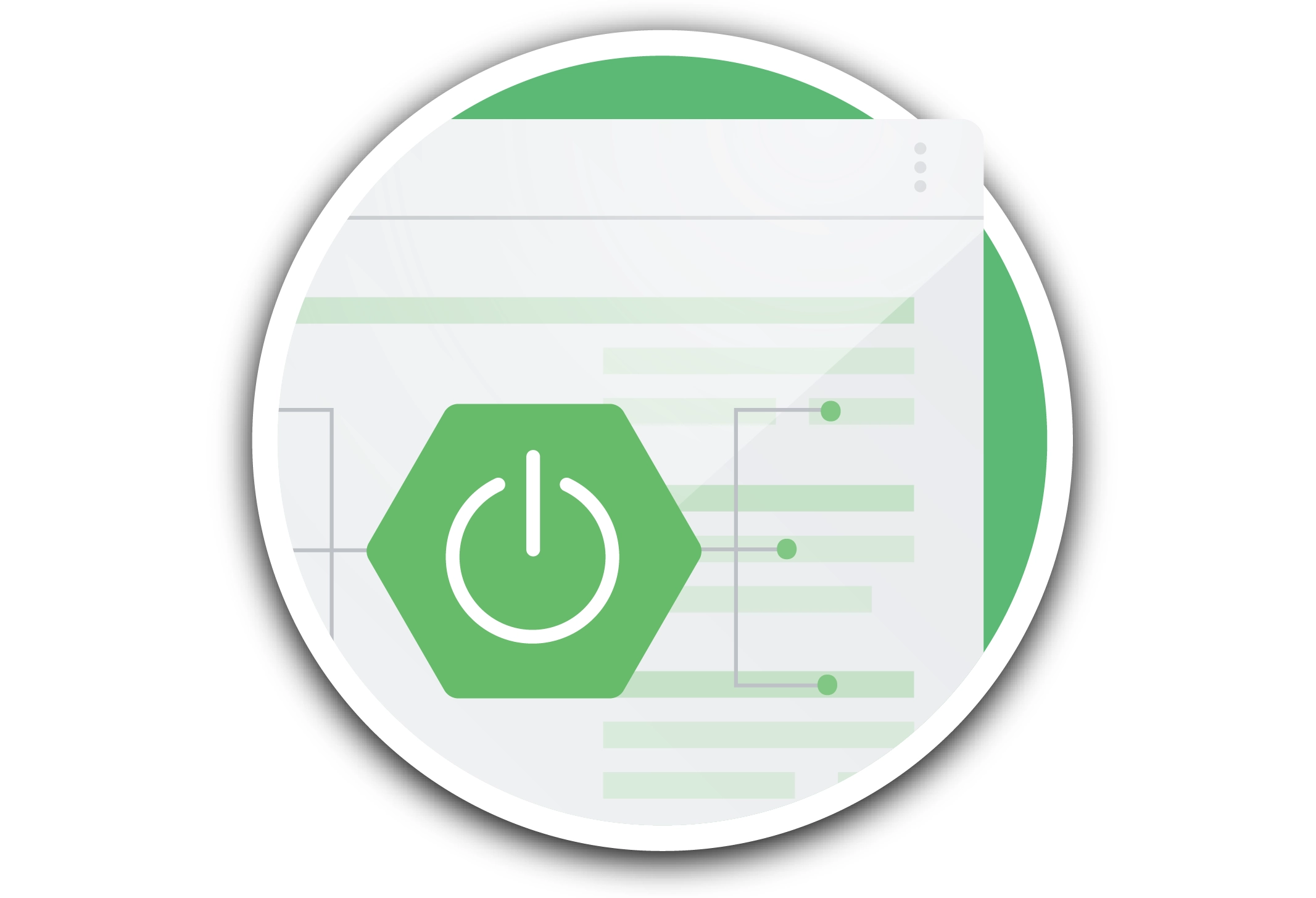Enhancing Web Applications: The Power of Kotlin and Spring Boot Combined
The creation of web applications may be greatly improved by combining the potent tools of Kotlin and Spring Boot. Due to its short syntax, security features, and complete Java compatibility, JetBrains’s Kotlin is a highly popular contemporary statically typed programming language. With more productivity and fewer errors, it enables developers to produce more expressive and maintainable code. However, the configuration and creation of new Spring applications are made easier by Spring Boot, an addition to the Spring Framework. A number of capabilities are available to facilitate the rapid configuration and deployment of production-ready apps.

Web application development benefits greatly from the combination of Kotlin and Spring Boot. The current language features and simple syntax of Kotlin are enhanced by the robustness and ease of use of Spring Boot. Developers may construct scalable, effective, and high-performance web apps by combining Kotlin and Spring Boot and taking use of their respective capabilities. Kotlin’s Java compatibility guarantees that Kotlin code may be seamlessly integrated into Spring Boot applications that are already Java-based, facilitating a gradual adoption and seamless transfer.
This article aims to give a thorough overview of the powerful combination of Kotlin with Spring Boot that can accelerate the development of web applications. The benefits of merging Kotlin and Spring Boot will be explained to readers, along with the specifics of how to write Kotlin code in Spring Boot apps and their own advantages. Advanced methods like building microservices and RESTful APIs will also be covered in this tutorial, along with tips for maximizing scalability and performance. Developers will have a thorough grasp of how to use Kotlin and Spring Boot to their fullest advantage in order to create dependable and dynamic web apps by the time they finish this course.
Understanding Kotlin: Features, Java Comparison, and Industry Adoption
JetBrains’ Kotlin has become a popular programming language with a lot of features that help improve code quality and developer efficiency. Kotlin, which is well-known for its expressive and succinct syntax, minimizes boilerplate code and enables programmers to create more understandable and manageable code. Null safety, which helps prevent frequent null pointer errors, and extension methods, which let developers increase the functionality of pre-existing classes without changing their source code, are two of Kotlin’s key features. Furthermore, because Kotlin is compatible with Java, it can be easily integrated with existing Java codebases, which makes it a desirable choice for contemporary backend development.

There are a few benefits of using Kotlin over Java for backend development. Code written in Kotlin is more succinct and expressive because of its contemporary language features, such as data classes and type inference. This increases readability overall and lowers the possibility of mistakes. Additionally, Kotlin’s Java compatibility guarantees developers can gradually integrate Kotlin into their applications while utilizing pre-existing Java libraries and frameworks. Kotlin shares similar optimizations and compiles to JVM bytecode with Java, therefore performance-wise they are comparable. Because of its sophisticated features and concise syntax, Kotlin is the go-to option for developers who want to improve code quality and efficiency in their backend systems.
Businesses including Pinterest, Coursera, and Trello are using Kotlin extensively for their backend systems, demonstrating its widespread acceptance across several sectors. In the industry, Kotlin is used for scalable backend solutions, microservices development, and RESTful API development. Its status as a flexible language for server-side and mobile apps has been further solidified by its use in Android development. Kotlin is becoming more and more popular and widely used in contemporary software development because to its expanding environment, robust community, and Google’s backing as an official language for Android development. Developers may build dependable, effective, and stable backend systems that satisfy the needs of the current fast-paced development environment by comprehending and utilizing Kotlin’s capabilities and benefits.
Getting Started with Spring Boot: Core Concepts, Key Features, and Project Setup
In addition to the Spring Framework, Spring Boot makes it easier to create and implement reliable, production-ready web applications. Basically, the main goal of Spring Boot is to reduce boilerplate configuration needed for startup which is often associated with regular Spring applications. This is made possible by a convention-over-configuration strategy, which frees developers from having to spend time on tedious setup processes and allows them to concentrate on creating business logic through the use of reasonable defaults and a large collection of pre-configured components.

The ability of Spring Boot to auto-configure apps depending on dependencies introduced to the project is one of its primary features. This lessens the requirement for laborious manual setup and XML settings. Additionally, Spring Boot includes an integrated web server, such as Tomcat, Jetty, or Undertow, to make launching and testing web applications easier. The Spring Boot Actuator, another noteworthy feature, offers a collection of integrated endpoints for managing and monitoring applications, simplifying the process of obtaining information about the functionality and health of the application.
Setting up the development environment is the first step in beginning a basic Spring Boot project. Installing a build tool like Maven or Gradle as well as the Java Development Kit (JDK) is usually required for this. When the environment is prepared, Spring Initializr, an online tool that creates a project structure with required dependencies, may be used to start a new Spring Boot project. The necessary modules, such as Spring Web for creating web applications, may be selected by developers, who can then create a project archive to be imported into their IDE of choice.
Developers can begin developing the main class of the application after setting up the project. This class will include the annotation “@SpringBootApplication” to allow for auto-configuration and component scanning. Because Spring Boot includes annotations like “@RestController” and “@GetMapping,” creating RESTful endpoints is simple. Developers may rapidly create and implement scalable and maintainable web applications using Spring Boot, significantly increasing productivity and cutting time to market, by utilizing these potent capabilities and adhering to best practices.
Kotlin with Spring Boot: Advanced Techniques, Microservices, and Best Practices
The possibilities for creating reliable and effective online apps are endless when Kotlin Spring Boot is integrated. This comprehensive tutorial offers insights into using RESTful APIs and microservices, utilizing Kotlin’s advanced capabilities within Spring Boot applications, and adhering to best practices for maximum scalability and performance.
First, the procedure for combining Kotlin Spring Boot is explained in detail. This comprises building Kotlin classes to interface with Spring Boot’s components, setting up the development environment, and establishing the project dependencies. With the help of this tutorial, developers can easily use Kotlin’s rich language features and succinct syntax in their Spring Boot applications.
The recommended practices for creating Kotlin code in Spring Boot apps are then covered in the guide. This covers best practices for naming conventions, organizing Kotlin classes and packages, and making efficient use of the language’s capabilities. Developers may guarantee the maintainability, scalability, and comprehensibility of their Kotlin codebase by following these recommended practices.
A sample project illustrating the integration of Kotlin with Spring Boot illustrates how these technologies function in a practical setting. The project demonstrates how to use Kotlin’s expressive syntax and functional programming capabilities to construct RESTful APIs and microservices, therefore streamlining the development process.
The course then dives into using Kotlin’s advanced capabilities in Spring Boot projects, which is an advanced methodology. This entails making use of capabilities like data classes for succinct domain entity representation, extension methods for improving pre-existing Spring Boot components, and coroutines for asynchronous programming.
The tutorial also covers using Kotlin and Spring Boot to create RESTful APIs and microservices. This entails leveraging Kotlin’s powerful DSLs to create controllers, define routes, and handle requests and answers.
Considerations for scalability and performance optimization are covered, including strategies for enhancing the efficiency of Kotlin-based Spring Boot apps and making sure they can manage growing workloads. Developers may make the most of Kotlin with Spring Boot for creating efficient web apps by putting these cutting-edge strategies into practice and adhering to best practices.
Kotlin and Spring Boot: Real-World Triumphs, Insights, and Hurdles
Take a stroll through practical examples that highlight the outstanding achievements of Spring Boot with Kotlin in web development. See how leading businesses have incorporated these technologies to produce platforms that have a global influence on users. To improve the scalability and efficiency of its backend systems, Instacart, a prominent grocery delivery business, employed Kotlin with Spring Boot.
Similarly, Kotlin Spring Boot applications were used by Netflix, the world’s largest streaming service, to power its recommendation engine, which allowed it to provide millions of users with individualized viewing experiences. These accomplishments demonstrate the effectiveness of Kotlin and Spring Boot in creating feature-rich, robust web apps. Discover the priceless lessons learned and best practices employed by these trailblazers alongside these victories, providing insights into conquering typical web development obstacles. Explore the tactics used to overcome obstacles and make these apps successful, from performance optimization to guaranteeing security and dependability. Get ideas and useful knowledge from these real-world examples to help you reach new heights with your own Kotlin and Spring Boot applications.
Grab Pattem’s Assistance in Empowering Kotlin and Spring Boot
Discover Pattem Digital’s all-inclusive assistance for your Kotlin and Spring Boot projects. We make sure your trip is rewarding and easy by providing a thoughtful summary of their advantages, pushing for more research, and offering thoughtful views on their great influence with the Kotlin app development company. Get the full power of Kotlin with Spring Boot with Pattem at your side to push the envelope and achieve web development excellence.





